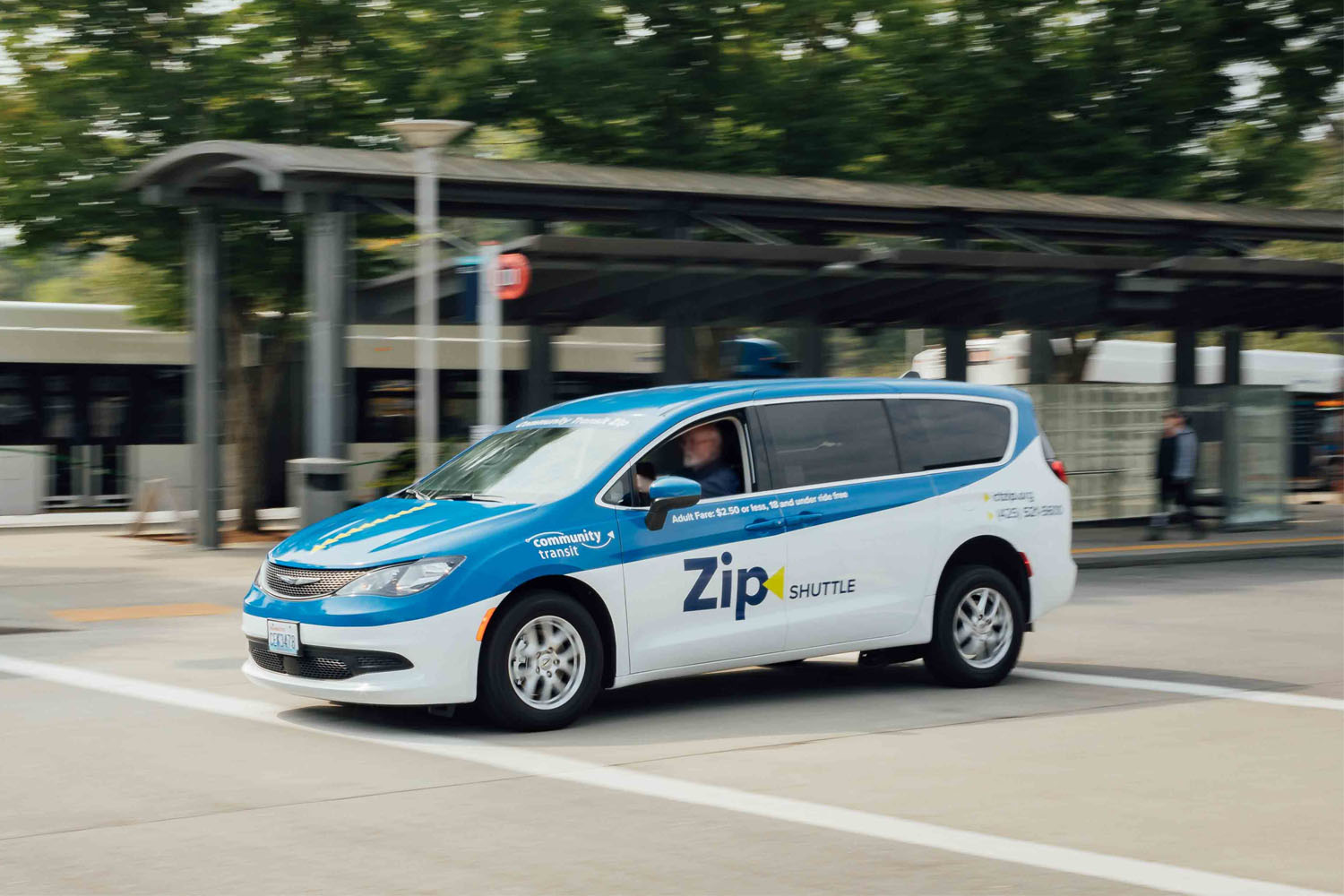Getting around Darrington with Community Transit

Community Transit is here to get you where you want to go. We are proud to be a part of the Darrington community — we live here, ride here, and drive here. Wherever you need to go in Darrington, feel good about how you get there.
About Darrington
Darrington is a small mountain town in the foothills of the Cascades, located where two rivers once joined in a valley between the Sauk and the Stillaguamish rivers. The Sauk-Suiattle tribe were the first people to settle in the valley and today their tribe headquarters are located in Darrington. Darrington is connected to nearby areas by State Route 530, which runs along the two rivers towards the city of Arlington, located 30 miles to the west.
Town is home to a variety of small logging and lumber companies as well as Hampton Lumber’s state-of-the-art mill. Darrington’s location near the Mt. Baker-Snoqualmie National Forest and scenic rivers make it a popular destination for outdoor recreation.
People traveling to and from the area can ride from Community Transit buses along Route 230, which connects people to the neighboring Smokey Point Transit Center in Arlington. DART paratransit service and Vanpool are also options. The Sauk-Suiattle DC (Darrington-Concrete) Direct Shuttle Bus Service, a program operated by the Sauk-Suiattle Indian Tribe, also offers public transportation to residents of the reservation, Darrington, and surrounding communities.
Spanning over 27 miles between the City of Arlington and the Town of Darrington, the Whitehorse Regional Trail follows the path of the former BNSF railroad through the North Stillaguamish River Valley, offering a scenic travel option for people hiking, biking, and riding horseback.

New Zip Shuttle pilot areas now available
Zip Shuttle service areas now include Lake Stevens, Arlington, and Darrington in addition to Alderwood to make getting around even easier!
Popular Destinations
D'Arling Direct shuttle service
Homage's D'Arling Direct, combined with Community Transit’s Route 230 service, gives you more options for travel between Darrington and Arlington on weekdays and weekends.

